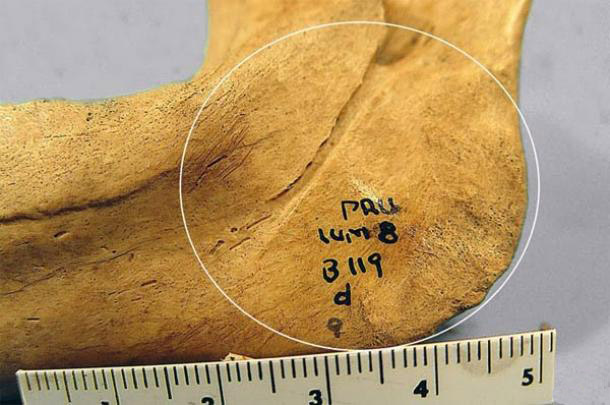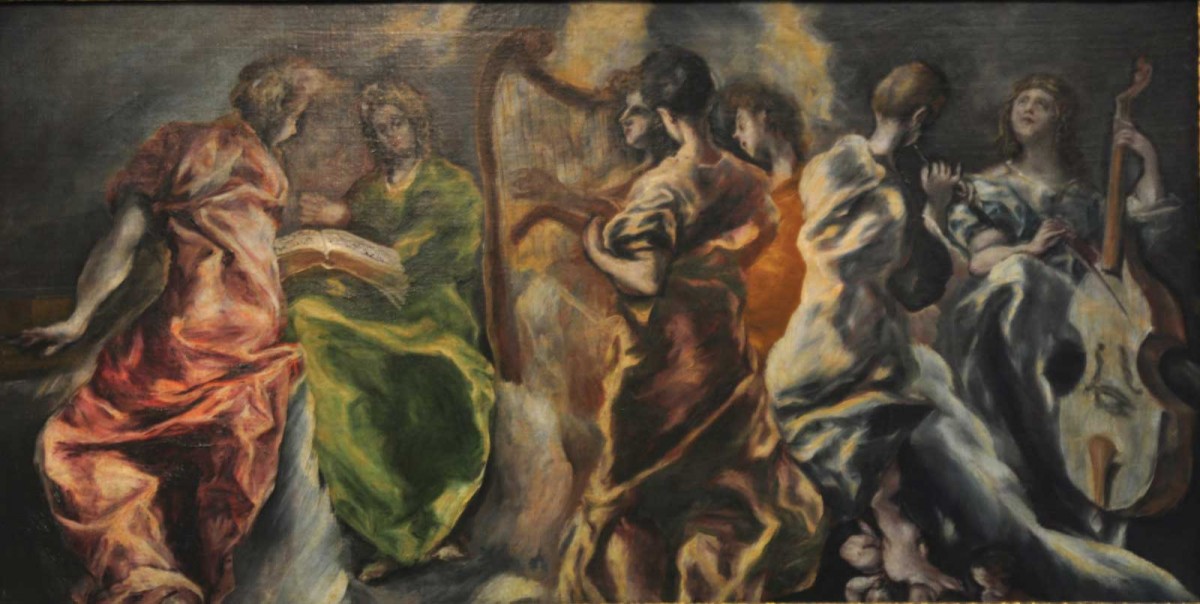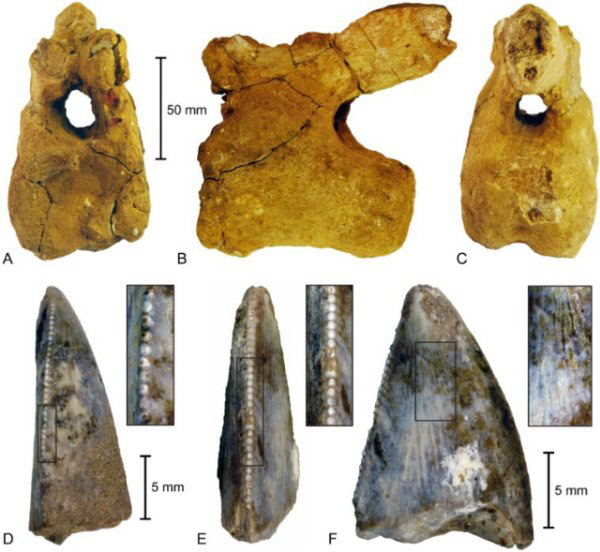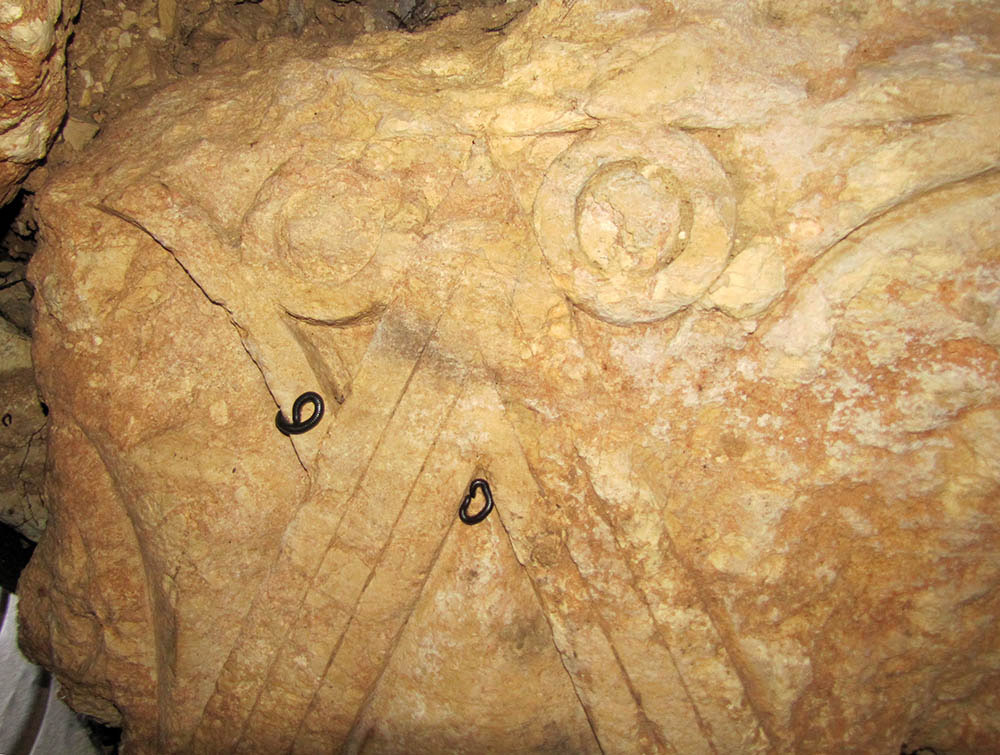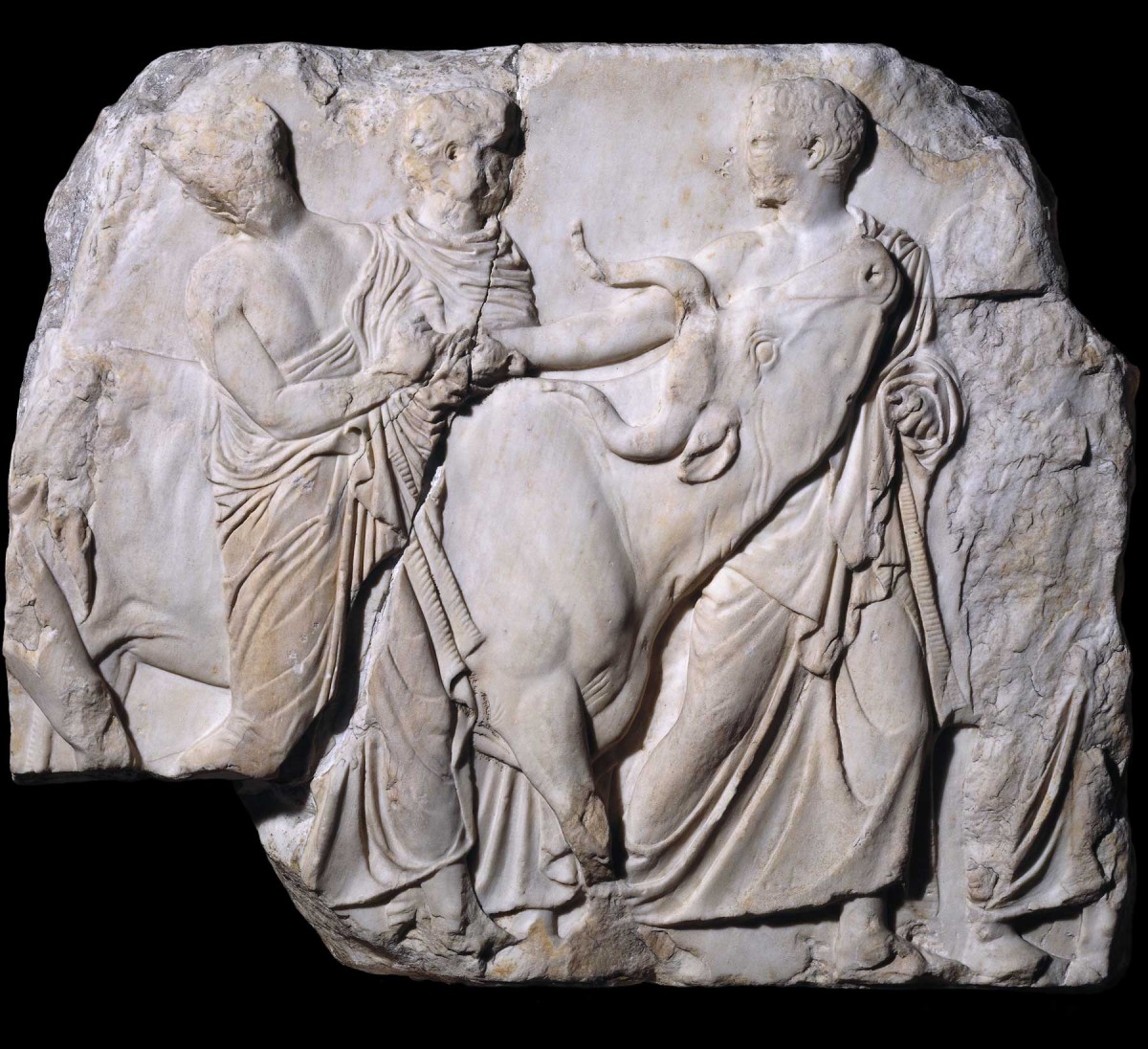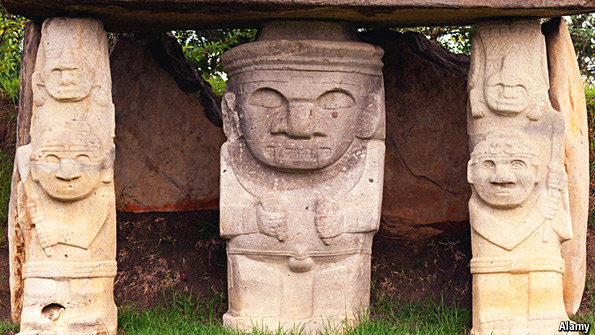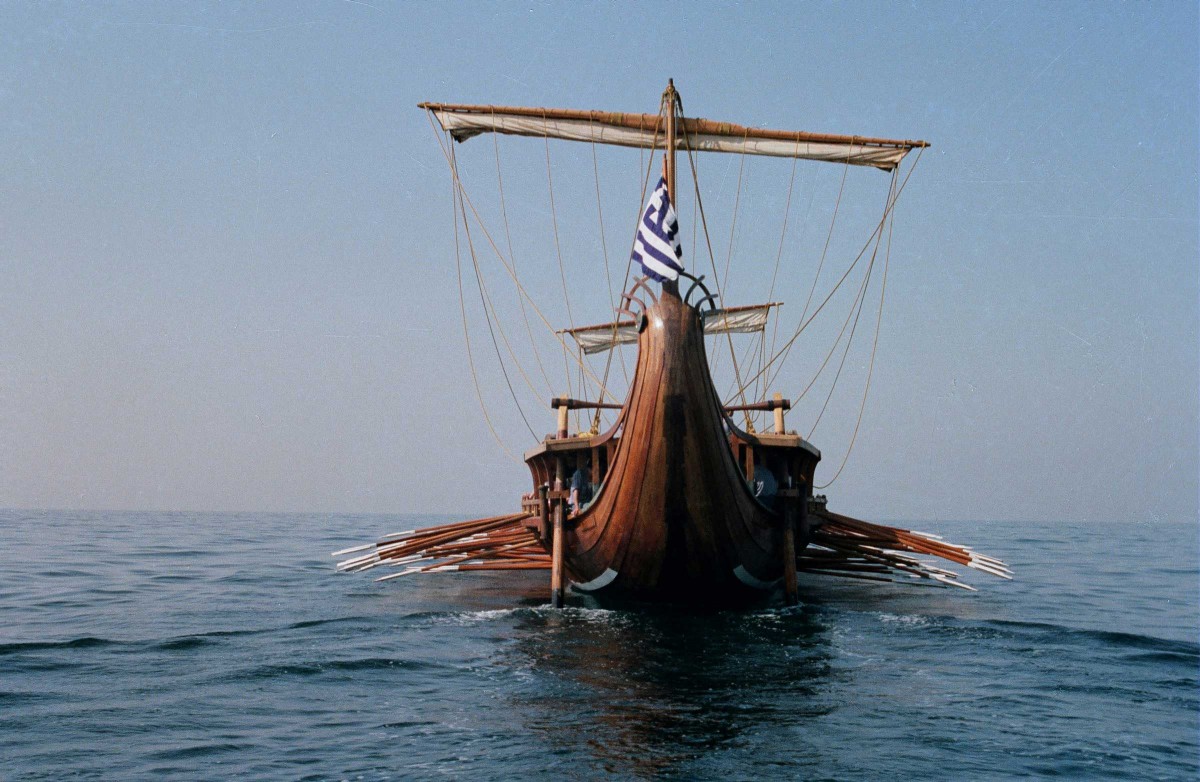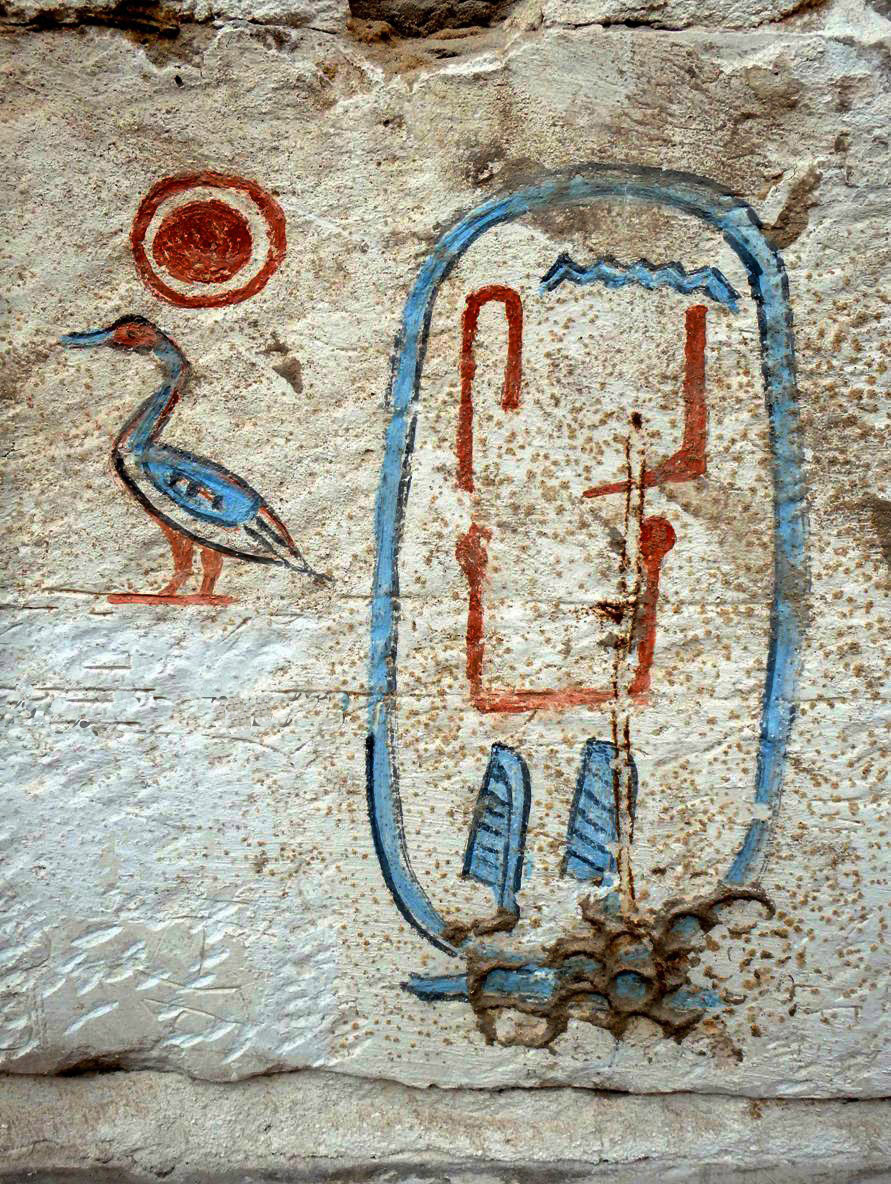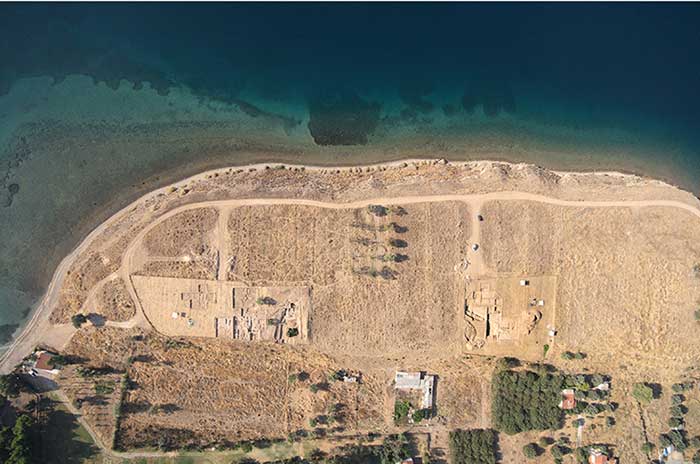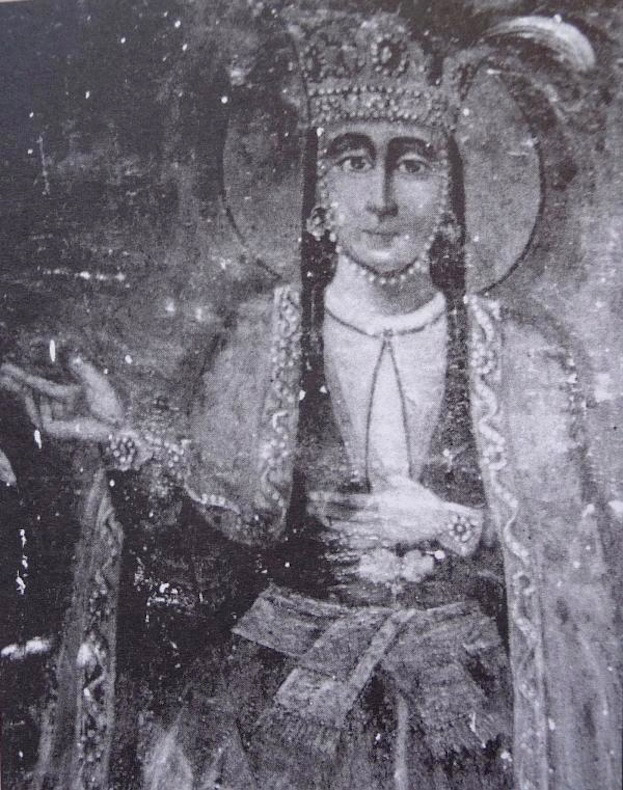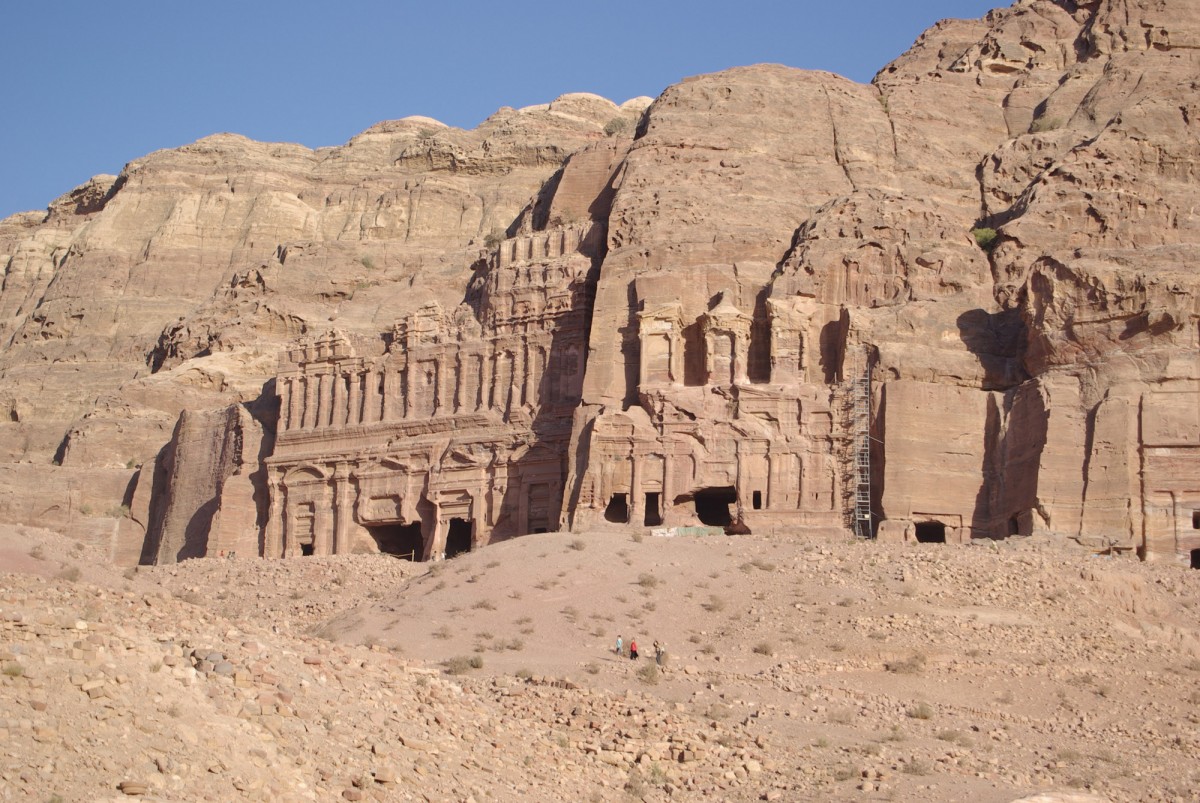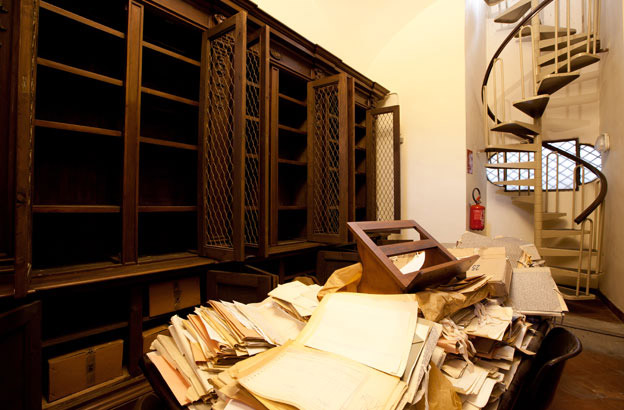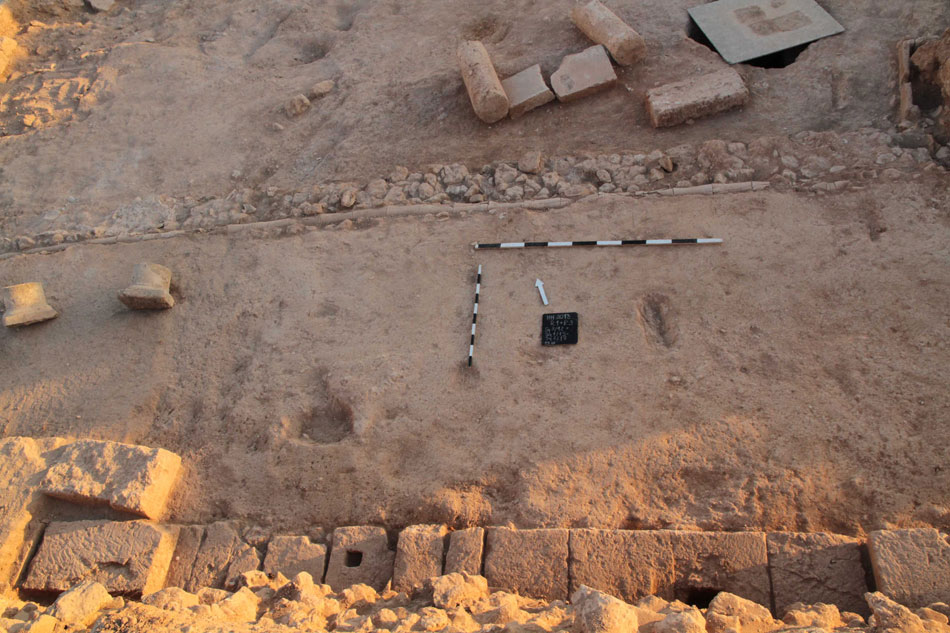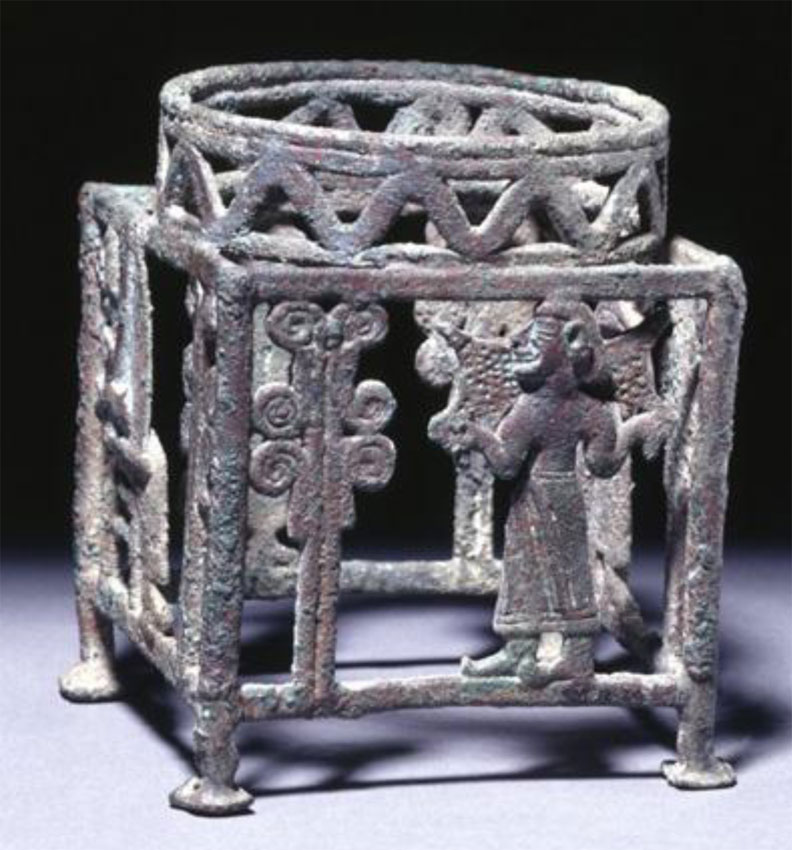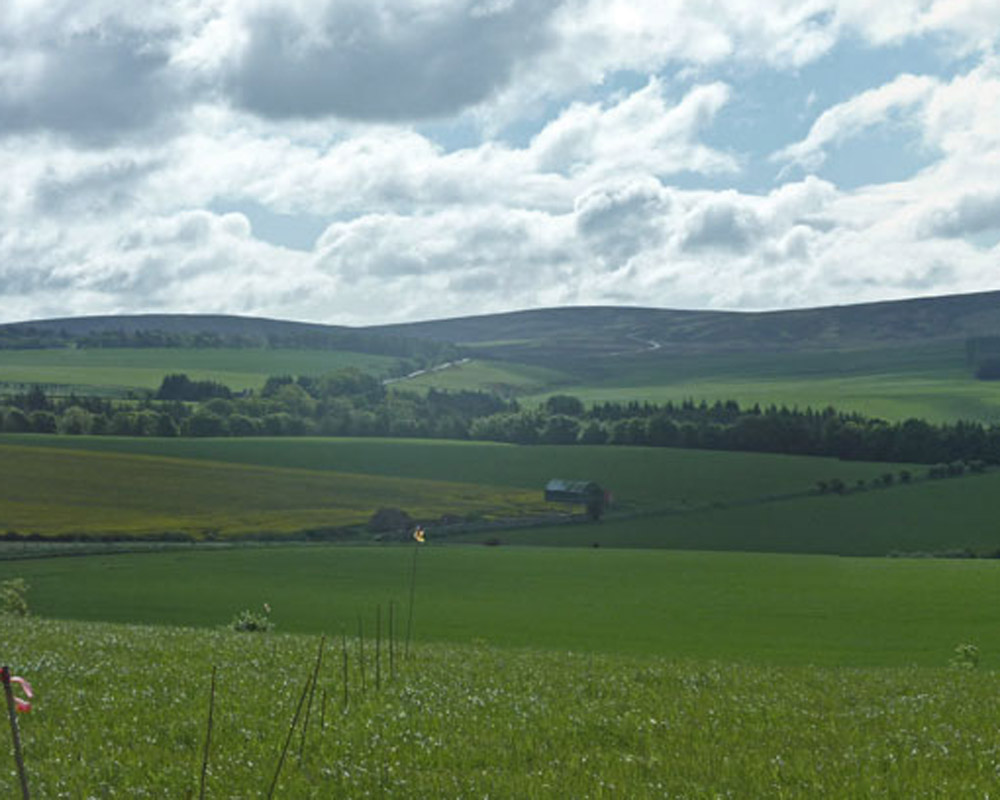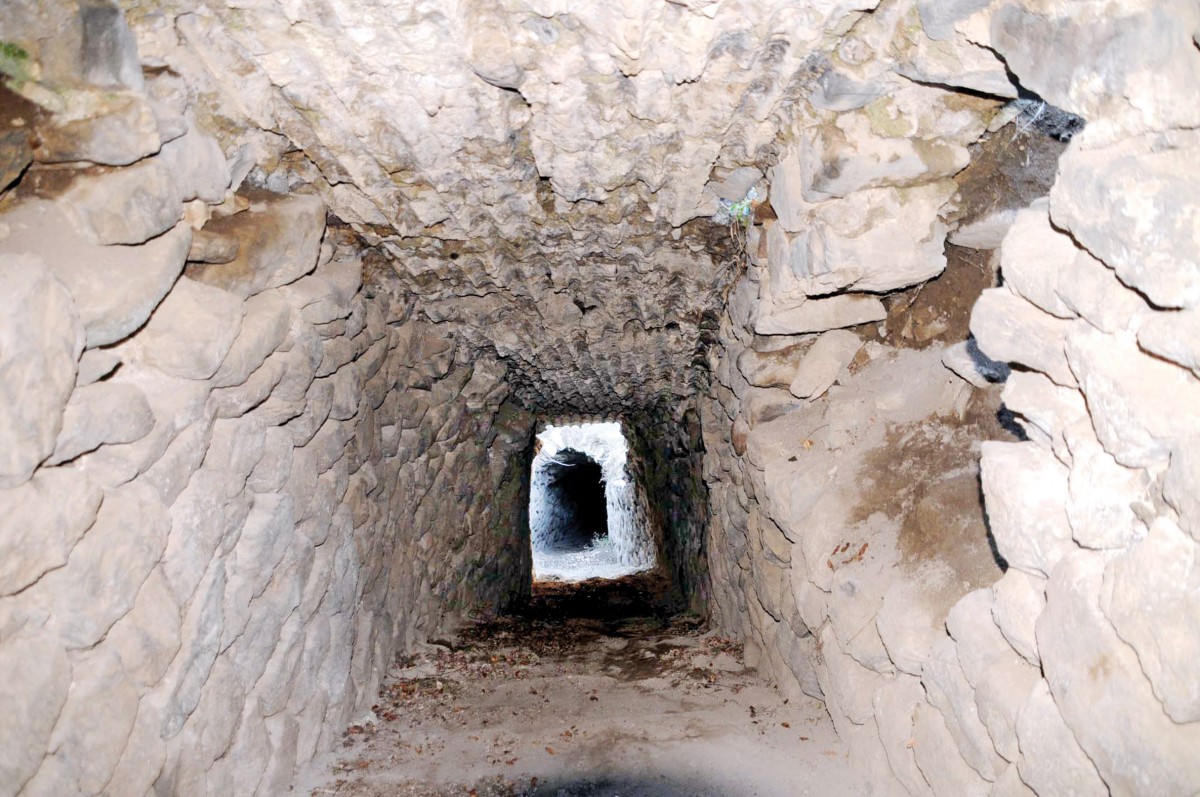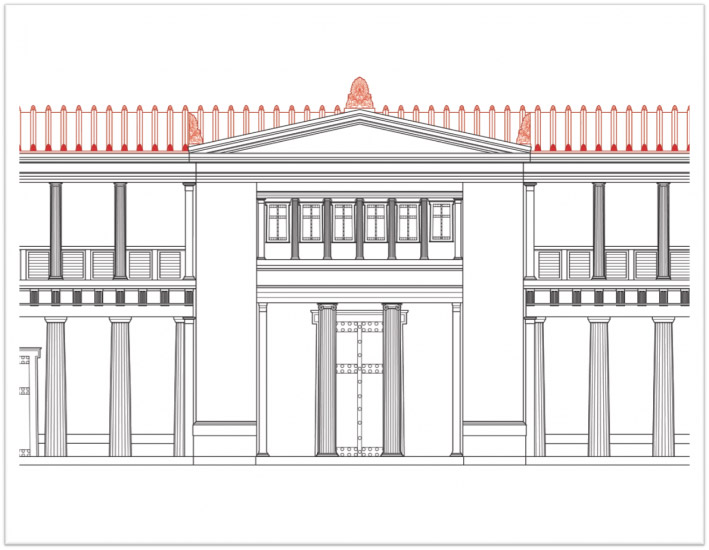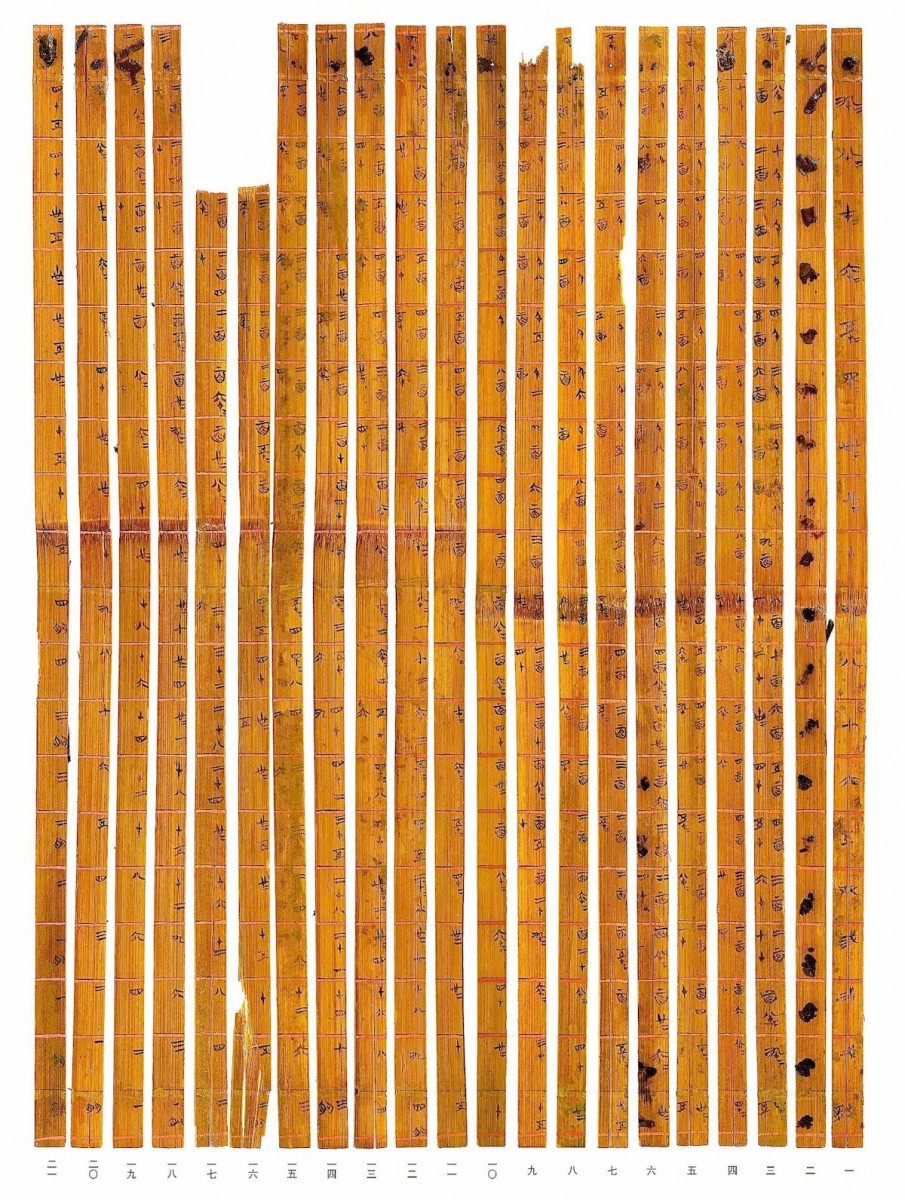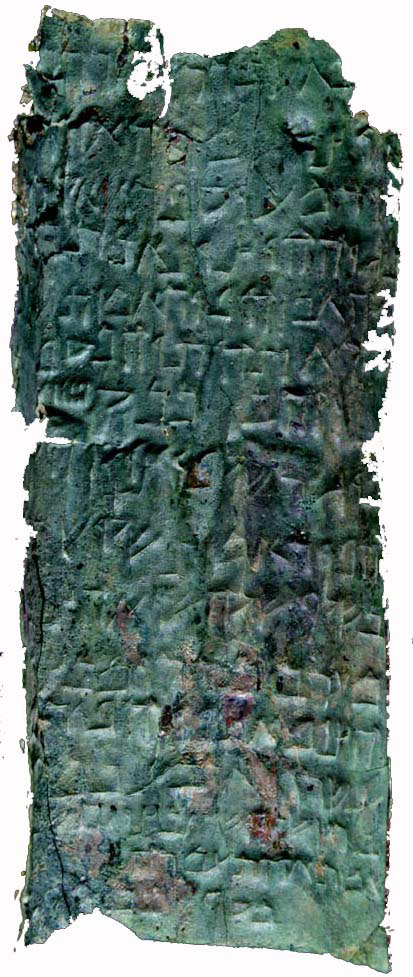Digitization and Elevation of Cultural Repository of George Zongolopoulos’ Foundation
George Zongolopoulos Foundation aims to inaugurate a new way of promotion and utilization of cultural heritage of its founder, starting with the digitization and documentation of 1095 objects of his collection and offering to the public.
Evidence of Cannibalism Among the Aztecs
Aztec rulers, priests, and high ranking warriors practiced cannibalism as a research rite, new research suggests.
The Greek of Toledo
In the exhibition staged at the Museum of Santa Cruz, which opens on March 14th, over a hundred works by El Greco will be shown.
First Dinosaur Remains Found in Saudi Arabia
The scientists discovered parts of the tail of a Titanosaurus, a type of vegetarian dinosaur that measured at least 20 meters (66 feet) long, and some of the teeth of another dinosaur.
Towards the end of the tunnel
The longest water tunnel ever discovered in Israel is being excavated in Jerusalem.
Photographic Architecture by Massimo Listri
The exhibition "Massimo Listri: Photographic Architecture", curated by Magda Baltogianni, opens today at the Benaki Museum.
Bouphonia: Killing Cattle on the Acropolis
Jeremy McInerney (Whitehead Professor, ASCSA; Davidson Kennedy Professor, University of Pennsylvania) will give a lecture at the ASCSA.
Almost Missing: The Statues of San Agustín
Pre-Columbian statues are said to be in Colombia's national museum in the capital, Bogota, but NTN 24 television reports they are kept at a local museum in ordre to be moved to Bogota "later".
‘Phantom Place’ and Ships
The seminar, led by Dr. Chryssanthi Papadopoulou (Leventis Fellow at BSA), aims to discuss the phenomenon of ‘phantom place’, and its occurrences and impact on our experience of Place.
Studying Mahandraparvata
Systematic archaeological survey and excavation have identified an array of cultural features reflecting the importance of a key Khmer city.
Brides: Tradition and Fashion in Greece
Exhibition of wedding dresses from the end of the 19th century to the dawn of the 21st.
Out of the Dark
Next Tuesday, January 21 2014, Irene Lemos will give a lecture at the University of Virginia.
The Lost Queen of Georgia
The complete absence of haplogroup U1b in the Indian subcontinent and its presence in high-to-moderate frequency in the Georgia and adjoining regions, provide the first genetic evidence for the sample being a relic of Saint Queen Ketevan of Georgia
Naples’ Girolamini: The looting of a 16th Century library
Book-lovers around the world have been helping investigators trace thousands of rare volumes looted from one of Italy's oldest libraries.
Excavations at the Hellenistic House of Kato Paphos completed
The 2013 excavation season of the Polish Mission at Kato Paphos have been completed.
The production and trade of Cypriot copper in the Bronze Age
Professor Vasiliki Kassianidou will give a lecture in the Museum of Cycladic Art, in the framework of the Cyprus Seminar series.
Borderline Fortress Reveals the Romans’ Decline
A ditch representing 4th c. East Lothian inhabitants' defence against threat from the North or Roman counter-attacks from the South.
Gateway to a “Princess’ Bath” in Niksar Castle
When the works are completed, the two tunnels in the south and north of the Niksar Castle will be completely unearthed.
Restoring the Palace of Philip II at Aigai
The restoration of the ancient palace of Aigai, in the Greek prefecture of Macedonia, must go on in the best way possible.
Revealing the World’s Oldest Decimal Multiplication Table
The find shows that a highly sophisticated arithmetic had been established for both theoretical and commercial purposes by the Warring States period in ancient China.
Where is the Ark of the Covenant?
Hebrew pseudo-historical text is fully translated in English for the first time. Research behind it reveals various ways of making a legend.

